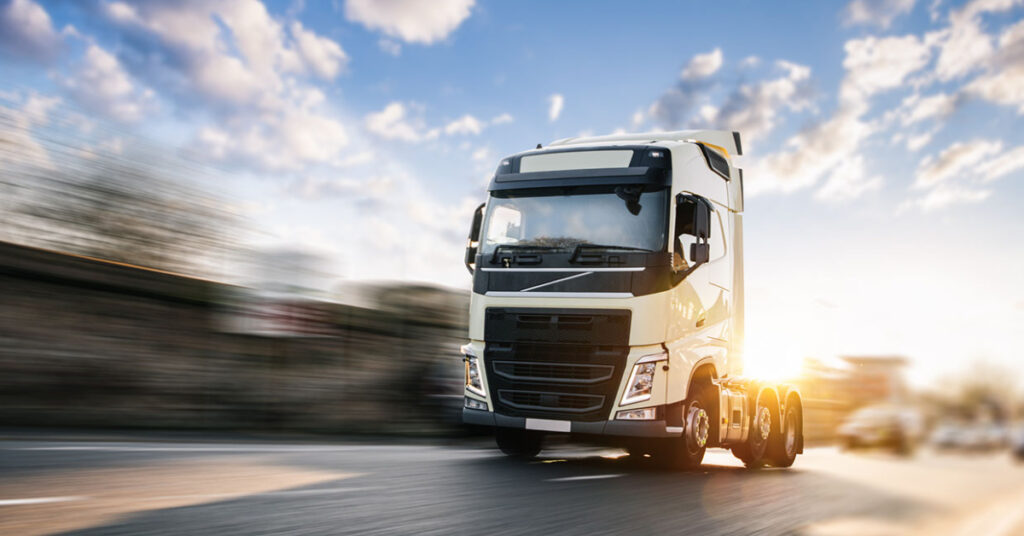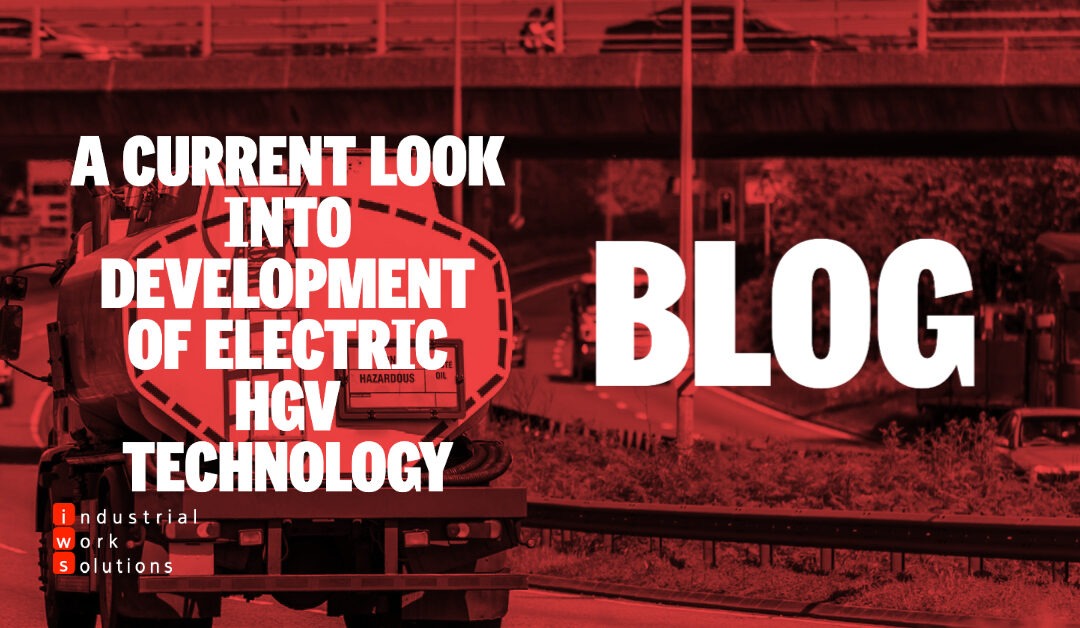Renewable energy is one of the main points in the government’s race to net-zero by 2050. One of the key points that will lead us there is diminished reliance of heavy-polluting HGV vehicles. Whilst there are various competing technologies that are being developed as alternative such as hydrogen-powered HGV’s, electric HGV’s are becoming a viable option for the transport companies and is being supported by the government’s efforts.
Race to net-zero
The Government’s legal requirement to switch to electric vehicles by 2030 has an immense impact on the sale of electric and hybrid vehicles, which kickstarts the EV technology development for HGV sector, as the infrastructure across the country will begin to shift to electric charging points.

Electric HGV’s and LGV’s
Electric HGV vehicles are still in the minority with 0.3% total sales in the sector. Amazon is one of the pioneers of electric HGV vehicles in the UK with truck operating now in Tilbury and Milton Keynes. British firm Tevva is also in process of securing an approval for their first full-production vehicle, a 7.5 tonne truck with a 141 mile range. Scania also developed the Regional Battery Electric Truck which can travel up to 186 miles on a single charge which can be achieved under 90 minutes.
Charging Infrastructure
In order to operate a successful fleet of electric HGV’s across the country businesses will need to set up a charging stations on their premises to allow employees to charge electric vehicles as well as standardise the charging ports to greater degree. Municipalities will also need to adapt their energy infrastructure to the greater electricity demand.
The Future of Haulage
Electric HGV’s are certainly one of the most prominent options in terms of future of transportation and the government’s climate commitments. With lower operating costs, quieter operation and rapidly improving battery and charging technology, soon electric lorries will be viable and practical for long-haul journeys, which will increase the demand and create a positive impact on air quality in cities.


Recent Comments